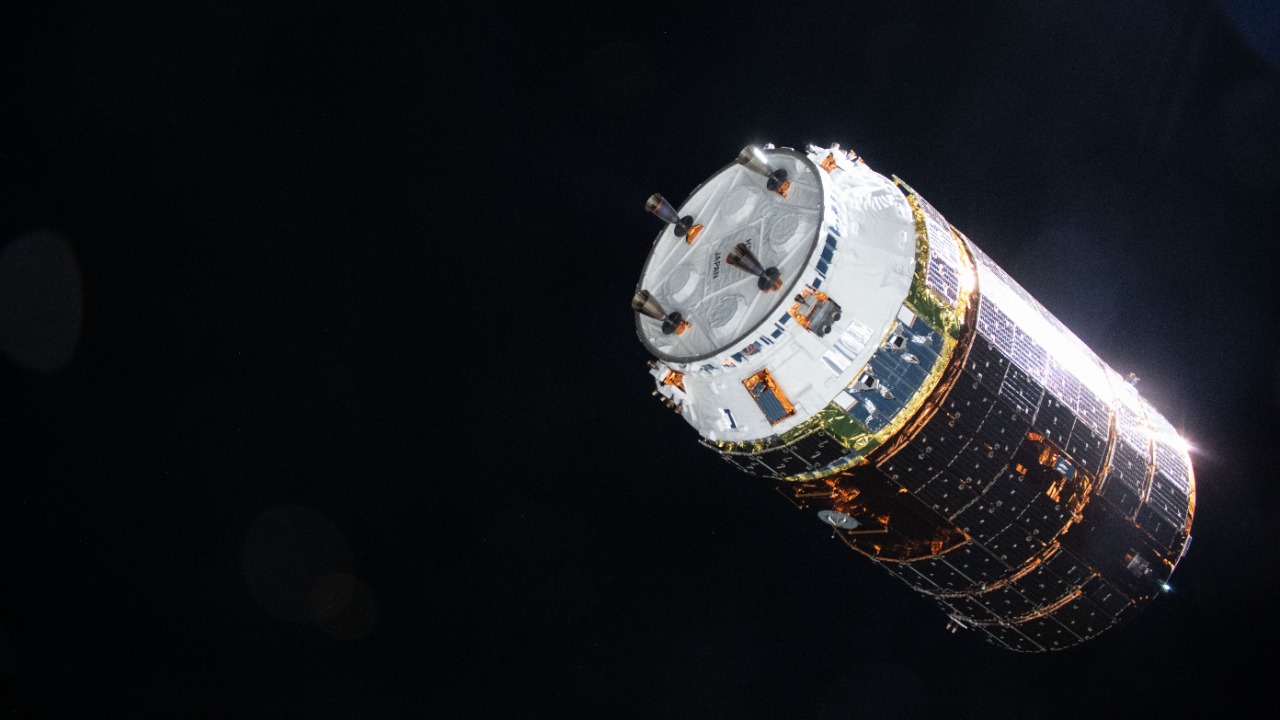
In a significant stride for its space exploration efforts, Japan has successfully launched a new cargo spacecraft. The uncrewed mission, which took off on October 26, 2025, is designed to deliver essential supplies to the International Space Station (ISS). The spacecraft is expected to dock with the ISS and remain connected for up to six months, providing sustained support for the international crew aboard the orbiting laboratory.
Launch Overview
The successful launch of Japan’s new cargo spacecraft was a testament to the precision and coordination of the nation’s space authorities. The spacecraft lifted off from its designated launch facility and embarked on its trajectory towards the ISS. The immediate post-launch confirmations indicated a stable orbit, marking the first critical milestone in the mission’s success.
Visual documentation of the launch event, including video footage capturing the ascent and initial separation stages, provided a riveting spectacle of the spacecraft’s journey. The footage served as a testament to the meticulous planning and execution that went into this mission, reinforcing Japan’s capabilities in space exploration and logistics.source
Spacecraft Design and Capabilities
The new cargo spacecraft is a marvel of engineering, designed to transport a variety of supplies to the ISS. These include food, equipment, and scientific materials, all crucial for sustaining life and research on the space station. The spacecraft’s docking mechanism allows it to connect autonomously with the ISS, ensuring a safe transfer of payloads without the need for crew intervention.
Furthermore, the spacecraft is designed to remain attached to the ISS for up to six months. This extended duration supports ongoing resupply operations and potentially facilitates the return of experiments from the ISS, further enhancing the mission’s utility and value.source
Mission Objectives
The primary goal of the mission is to deliver essential supplies to the ISS. These supplies, verified during pre-launch preparations, are critical for sustaining life and research on the space station. The launch also contributes significantly to the ongoing resupply efforts for the ISS, addressing the needs of international partners involved in low-Earth orbit operations.source
Secondary objectives of the mission include testing new technologies for future cargo missions. These tests are part of Japan’s broader strategy to expand its space portfolio, with the successful launch of this cargo spacecraft serving as a stepping stone towards more ambitious space exploration endeavors.
Japan’s Role in ISS Collaboration
Japan has been a longstanding partner in the International Space Station program, and this cargo launch further reinforces its commitment to shared resupply duties. The new cargo spacecraft plays a strategic role in diversifying resupply options beyond traditional providers, thereby enhancing reliability for the multinational crew aboard the ISS.source
The October 26, 2025, launch marks a significant milestone in Japan’s contributions to the ISS program. It is timed to align with critical ISS maintenance windows, demonstrating Japan’s commitment to the smooth operation of the space station and its readiness to meet the demands of international space collaboration.
Technical Achievements and Innovations
The successful launch and precise orbital insertion of the cargo spacecraft were made possible by advancements in propulsion and navigation systems. These technological innovations underscore Japan’s growing prowess in space exploration and logistics.source
Furthermore, the spacecraft features innovations in cargo handling, such as modular storage for supplies. This facilitates efficient unloading once the spacecraft is docked at the ISS. The spacecraft also incorporates environmental controls and safety protocols to protect payloads during the journey and the extended stay of up to six months.source
Implications for Future Missions
The successful delivery of supplies via this new cargo spacecraft sets a precedent for subsequent Japanese-led resupply efforts to the ISS. It demonstrates Japan’s reliability in meeting international timelines and its commitment to the shared goals of the ISS program.source
Looking ahead, there is potential for expanding the mission scope, including increasing cargo volume or integrating emerging space technologies. The broader impact of this successful launch extends beyond Japan, influencing global space cooperation and setting the stage for future collaborative efforts in space exploration.source
More from MorningOverview